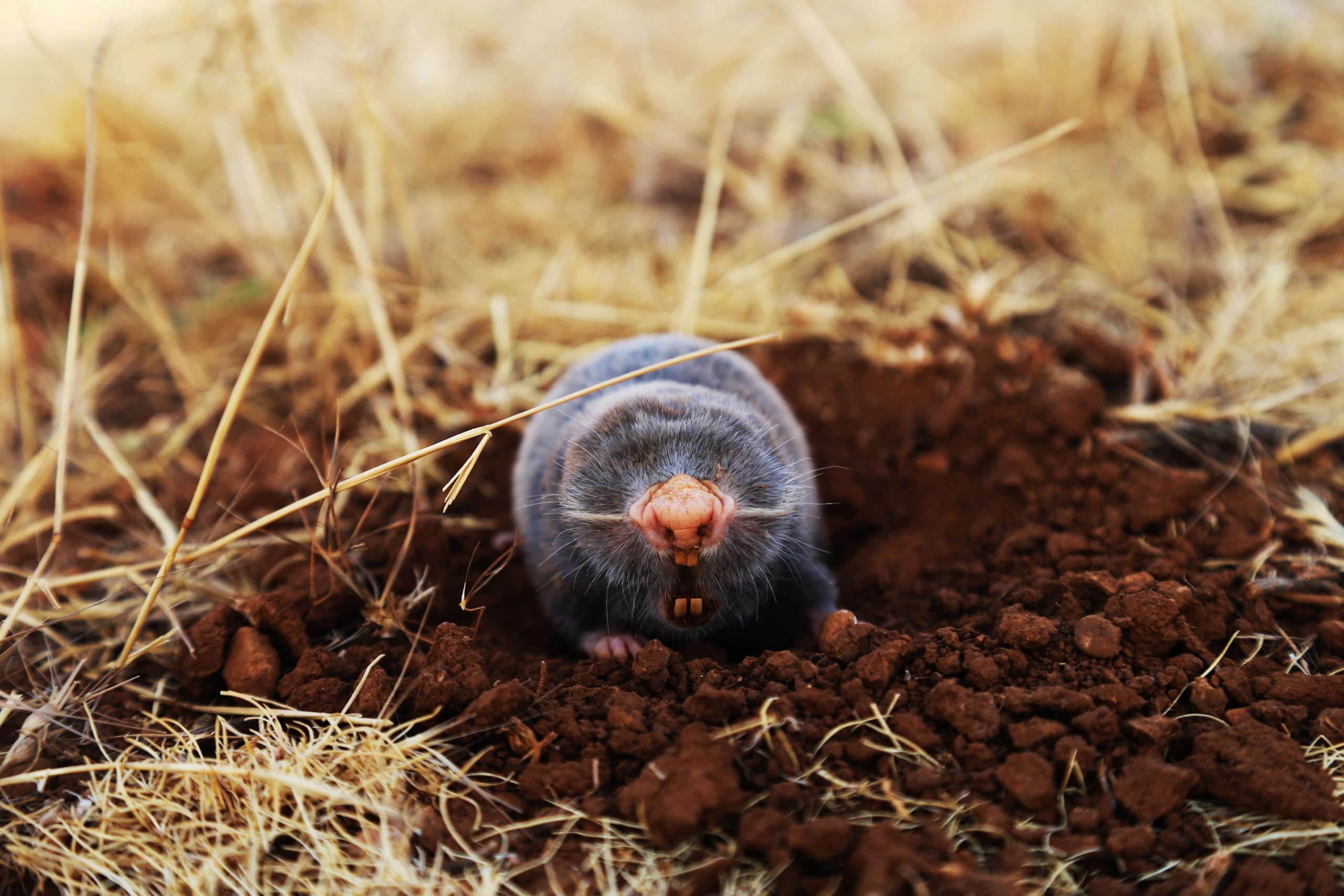In a world filled with diverse dog breeds, few evoke as much controversy and misunderstanding as pit bulls. Often subject to negative stereotypes and unwarranted fear, these dogs deserve a closer examination. In this article, we will explore the fascinating history and true nature of pit bulls, aiming to dispel misconceptions and shed light on their often misunderstood character.
- Challenging Preconceived Notions: Pit bulls, a term that encompasses several related breeds, including the American Pit Bull Terrier, Staffordshire Bull Terrier, and American Staffordshire Terrier, have unfairly been associated with aggression and danger. It is vital to approach the topic with an open mind and challenge preconceived notions.
- Historical Origins: Pit bulls trace their roots back to the 19th century when they were bred for bull-baiting, a brutal sport that has long been banned. However, as times changed, pit bulls found a new role as loyal farm dogs and even family pets due to their intelligence, strength, and affectionate nature.
- Canine Mislabeling: One of the challenges in understanding pit bulls is the mislabeling that often occurs. Many dogs with no pit bull ancestry are mistakenly identified as pit bulls, leading to skewed statistics and unfair judgments. This misclassification contributes to the distorted perception of the breed.
- Temperament and Personality: Pit bulls, when properly bred, socialized, and trained, can exhibit a range of temperaments, just like any other breed. In fact, the American Temperament Test Society found that pit bulls have a pass rate higher than popular breeds such as Golden Retrievers and Beagles. It is crucial to remember that an individual dog’s behavior is influenced by many factors beyond breed alone.
- Role of Responsible Ownership: The key to understanding any breed lies in recognizing the significance of responsible ownership. Pit bulls thrive in loving, structured environments with responsible owners who provide proper socialization, training, and care. By addressing the root causes of aggression in dogs, we can create safer communities for both humans and animals.
- Pit Bulls as Therapy Dogs and Service Animals: Contrary to popular belief, pit bulls have proven to be exceptional therapy dogs and service animals. Their loyalty, intelligence, and eagerness to please make them well-suited for various roles. Many pit bulls have helped people overcome anxiety, PTSD, and other emotional challenges, highlighting their capacity for empathy and compassion.
- Changing the Narrative: To combat the persistent stigma surrounding pit bulls, education and public awareness are paramount. Responsible breed-specific legislation should focus on encouraging responsible ownership practices rather than unfairly targeting specific breeds. Encouraging positive interactions between pit bulls and the community can help break down barriers and challenge misconceptions.
Conclusion: Pit bulls are a misunderstood breed that deserves a fair chance. By looking beyond stereotypes and embracing accurate information, we can unravel the complex narrative surrounding these dogs. Responsible ownership, proper training, and socialization are essential factors in shaping a pit bull’s temperament and behavior, just as they are for any dog breed. Through education, empathy, and an open-minded approach, we can build a more inclusive society that recognizes the true nature of pit bulls and promotes responsible pet ownership for all breeds.










